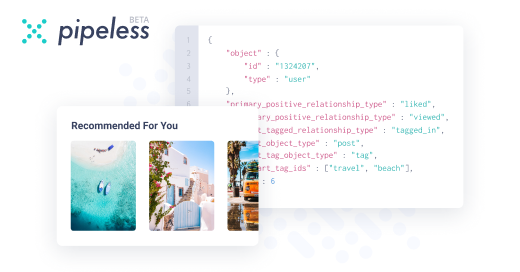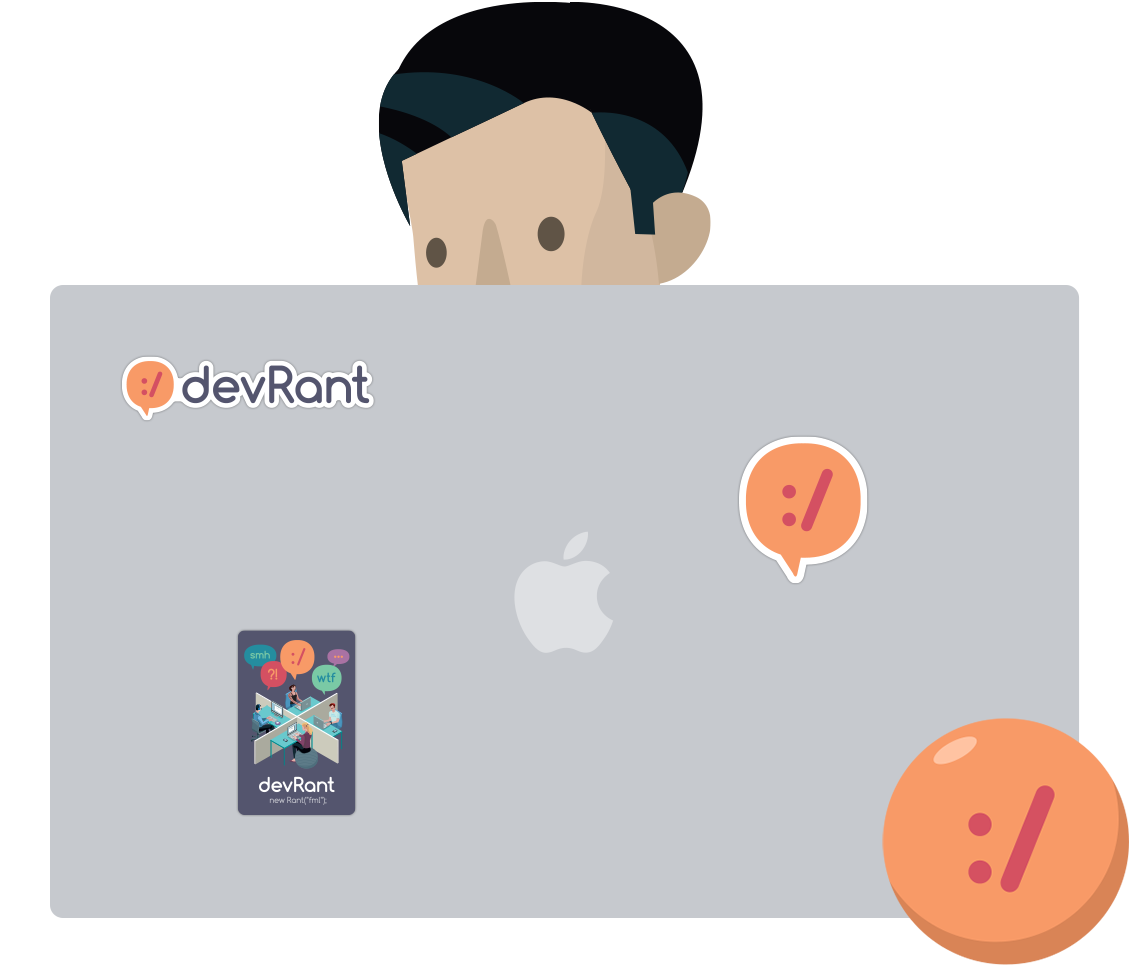Ranter
Join devRant
Do all the things like
++ or -- rants, post your own rants, comment on others' rants and build your customized dev avatar
Sign Up
Pipeless API

From the creators of devRant, Pipeless lets you power real-time personalized recommendations and activity feeds using a simple API
Learn More
Comments
-
 Hazarth9134167dThe fact that alpine doesn't inherit the issue you mention proves that the problem isn't core linux, but the individual applications that distros package. The core is solid as fuck
Hazarth9134167dThe fact that alpine doesn't inherit the issue you mention proves that the problem isn't core linux, but the individual applications that distros package. The core is solid as fuck -
 Hazarth9134167d@jestdotty pretty much. Have you ever tried to use Mono on linux?! Worst tooling and package repo I ever seen. It has microsoft written all over It's slow downloads and abusive storage usage. :D
Hazarth9134167d@jestdotty pretty much. Have you ever tried to use Mono on linux?! Worst tooling and package repo I ever seen. It has microsoft written all over It's slow downloads and abusive storage usage. :D
And this is obviously not limited to MS, but It's funny that they happen to be part of the bloat problem on linux eco too somehow -
 Hazarth9134167d@kiki the entire toolset and standard libs to compile and run C# stuff. Microsoft created a version for linux (I suppose to compete with java) and it works, but whenever you update it using a package manager it pulls like 1GB+ of files... Not to mention mono itself is huge.
Hazarth9134167d@kiki the entire toolset and standard libs to compile and run C# stuff. Microsoft created a version for linux (I suppose to compete with java) and it works, but whenever you update it using a package manager it pulls like 1GB+ of files... Not to mention mono itself is huge. -
 lorentz15165135dThe correct way is to install an interactive text editor, read the existing config file, figure out all the relevant options from the manpage, guess which flavor of config syntax this particular - ultimately completely irrelevant - program uses, then guess how your desired changes would interact with the distro-specific configuration which isn't documented and differs in arbitrary ways from the default, and reason from there.
lorentz15165135dThe correct way is to install an interactive text editor, read the existing config file, figure out all the relevant options from the manpage, guess which flavor of config syntax this particular - ultimately completely irrelevant - program uses, then guess how your desired changes would interact with the distro-specific configuration which isn't documented and differs in arbitrary ways from the default, and reason from there.
Pacdiff is the best way to handle upgrades because all the better ways are reserved for OSes you use like a product and not like a contrib framework on which to develop your own installation like a unique software project. -
 lorentz15165135dI want to use something like NixOS occasionally but then I look at the hardware requirements and decide against downgrading my laptop by two price classes.
lorentz15165135dI want to use something like NixOS occasionally but then I look at the hardware requirements and decide against downgrading my laptop by two price classes.

linux rant number 23094823094
Linux is a marvel of modern engineering. Well, at least in a sense that it somehow manages to work despite its design.
Basic commands like ls, grep, rm, cp (think busybox) do work predictably. Given that some of them are older than you and me combined (grep is 51 years old), it would've been weird if they didn't.
Yet, when comes the time to configure linux itself, there is no right way to do it — there are 5 or 6 wrong ones.
The wrong way number 1 to configure linux is to use predictable commands and their combinations. You know, cat + grep some config files, then awk to change them… If you do it, you will instantly break your system to the point that you'll have to back up your data, reinstall everything and put your data back.
All the other wrong ways are wrong because each of them will break your system in their own unique way. All of them kinda-sorta do what you want, at the expense of messing up some other things that have nothing to do with what you were trying to fix. The worst way to use them is combining one wrong way with some other one, like configuring xorg directly and then using ubuntu-specific userland config tools. This will instantly break your system too.
You'll have to google/chatgpt your way through historic quirks that are somehow still there in 2025. Remember: the worse the shell command looks, the more likely it is that it's the right way (or at least the least wrong way) to do things in linux.
Some minimal distros like alpine is a notable exception, in a way that they're more predictable, but they will become useless the moment you try to get some actual work done. I've used alpine as my desktop os for quite a while. I know what I'm talking about.
If you want so much as to install a browser, you'll have to use flatpak. But flatpak will only bail you out so many times. Your colleagues, and people that write tools that your colleagues use, are using macos, windows or ubuntu. You'll have to use whatever they're using, and if it uses glibc/is not in flatpak, well, tough cookies.
sudo apt install fuse breaks ubuntu instantly — it won't boot into graphical desktop anymore until you reinstall everything, including systemd, and do initramfs. Why does it do that in 2025? who knows.
random